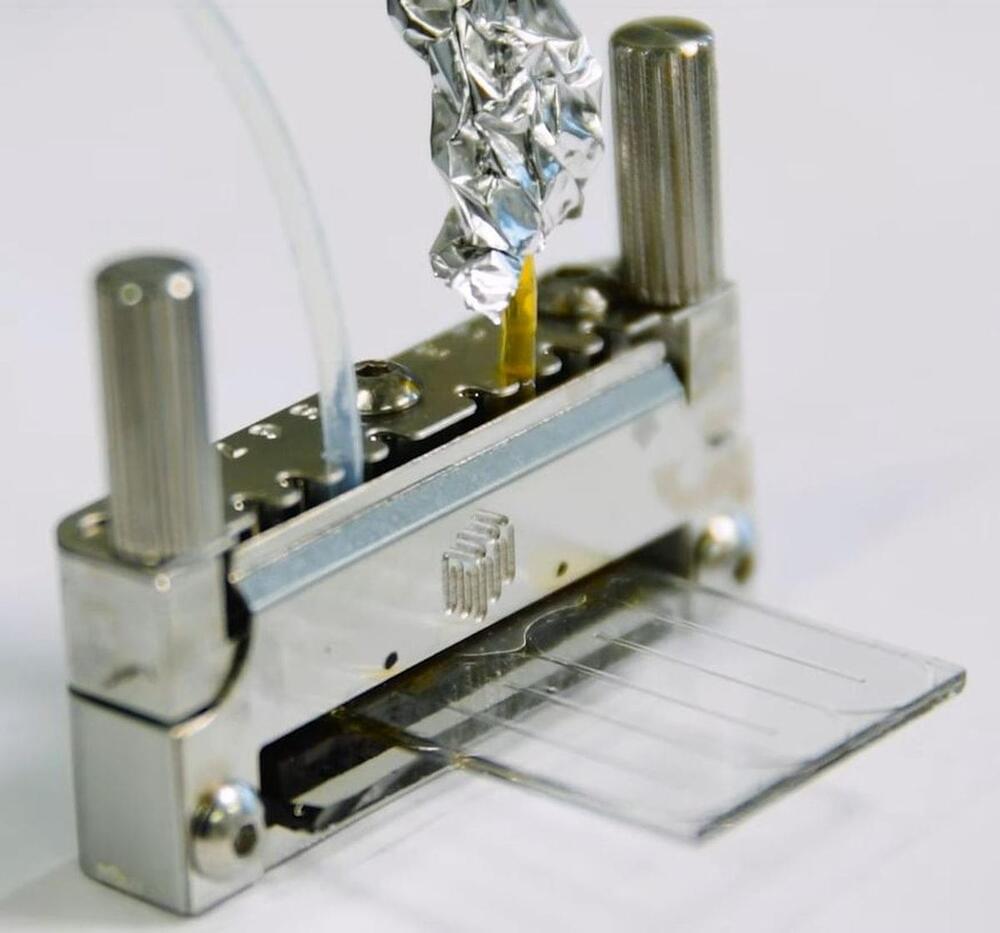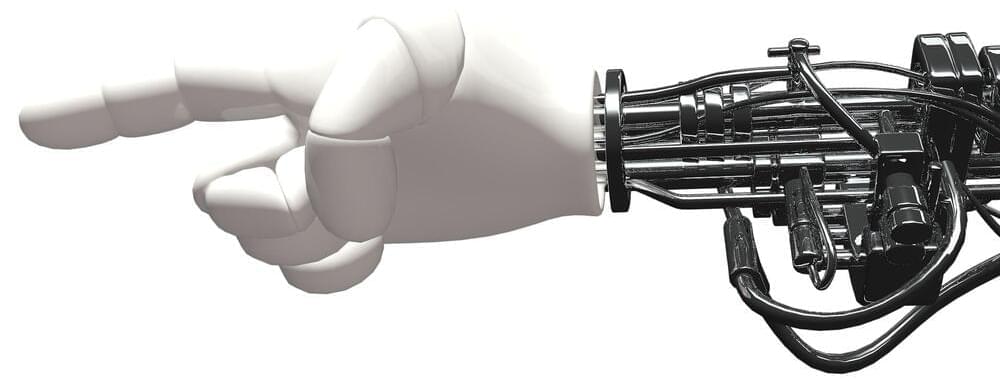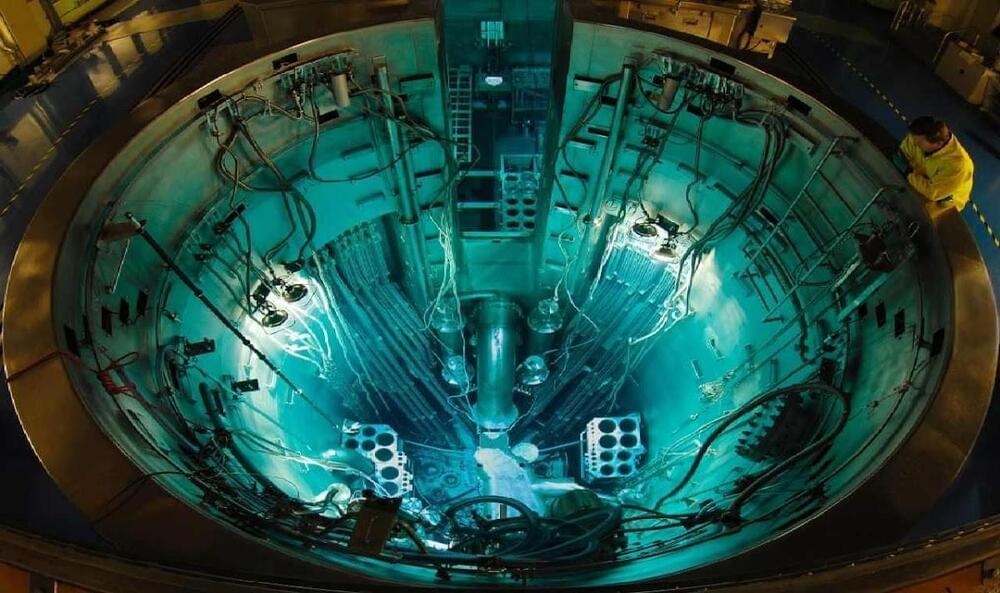It’s easy to get caught up in the doom-and-gloom predictions about artificial intelligence wiping out millions of jobs. Here’s a reality check.



Developed by a Chinese-Swedish research group, the device is an ultra-thin chip that could be integrated into electronics such as headphones, smartwatches and telephones. It combines a Molecular Solar Thermal Energy Storage System (MOST) with a micro-fabricated system that includes a thermoelectric generator (TEG) with a low-dimensional material-based microelectromechanical system (MEMS).

The 204-megawatt solar park in the northern Greek town of Kozani was built by Greece’s biggest oil refiner Hellenic Petroleum.
Hellenic Petroleum is one of the largest oil companies in the Balkans but claims to be undergoing a transformation into clean energy. It has installed the largest solar park in Greece and also hints that it may add battery storage too.


Lol seethe Daddy.
In a lab at the University of Washington, robots are playing air hockey.
Or they’re solving Rubik’s Cubes, mastering chess or painting the next Mona Lisa with a single laser beam.
As the robots play, the researchers who built them are learning more about how they work, how they think and where they have room to grow, said Xu Chen, one of those researchers and an associate professor of mechanical engineering at UW.

A German research team has developed a tandem solar cell that reaches 24 percent efficiency – measured according to the fraction of photons converted into electricity (i.e. electrons). This sets a new world record as the highest efficiency achieved so far with this combination of organic and perovskite-based absorbers. The solar cell was developed by Professor Dr. Thomas Riedl’s group at the University of Wuppertal together with researchers from the Institute of Physical Chemistry at the University of Cologne and other project partners from the Universities of Potsdam and Tübingen as well as the Helmholtz-Zentrum Berlin and the Max-Planck-Institut für Eisenforschng in Düsseldorf. The results have been published today (April 13, 2022) in Nature under the title “Perovskite/organic tandem solar cells with indium oxide interconnect.”
Conventional solar cell technologies are predominantly based on the semiconductor silicon and are now considered to be “as good as it gets.” Significant improvements in their efficiency – i.e., more watts of electrical power per watt of solar radiation collected – can hardly be expected. That makes it all the more necessary to develop new solar technologies that can make a decisive contribution to the energy transition. Two such alternative absorber materials have been combined in this work. Here, organic semiconductors were used, which are carbon-based compounds that can conduct electricity under certain conditions. These were paired with a perovskite, based on a lead-halogen compound, with excellent semiconducting properties. Both of these technologies require significantly less material and energy for their production compared to conventional silicon cells, making it possible to make solar cells even more sustainable.

JERUSALEM — Israel’s new laser missile defense system has successfully intercepted mortars, rockets and anti-tank missiles in recent tests, Defense Minister Benny Gantz said Thursday.
The Israeli-made laser system, designed to complement a series of aerial defense systems such as the costly Iron Dome deployed by Israel, will be operational “as soon as possible,” Gantz said.
The goal is to deploy the laser systems around Israel’s borders over the next decade, Gantz added. The tests took place last month in the Negev Desert.
This fish-friendly hydro turbine turns streams, rivers into a zero-emissions power plant.
Credit: Natel Energy.
–
Would you like your tech product or service to be featured on this channel? Click the link to get in touch with me: https://adamdany.al/promote.
► Join my Telegram channel.
and never miss a video:
https://t.me/adamdanyal.
(Download Telegram app first.
before clicking channel link.)
► Subscribe to my channel:
https://adamdany.al/subscribe.
#adamdanyal #hydroturbine #fishfriendly #renewableenergy

The first experimental evidence to validate a newly published universal law that provides insights into the complex energy states for liquids has been.
Sending miniature robots deep inside the human skull to treat brain disorders has long been the stuff of science fiction—but it could soon become reality, according to a California start-up.

During an Office of Naval Research (ONR) test, an all-electric, high-energy laser weapon was used to defeat a target representing a subsonic cruise missile in flight. The Layered Laser Defense (LLD) weapon was designed and built by Lockheed Martin to serve as a multi-domain, multi-platform demonstration system.